Last summer, World Vision began responding to a crisis of unaccompanied children coming into the U.S. from Central American countries like Honduras.
Why are these children leaving home? In today’s Q&A, Matt Stephens — our senior adviser for child protection — answers this question and explores how World Vision is working to address the root causes of this crisis by promoting hope at home.
Last summer, World Vision began responding to a crisis of unaccompanied children coming into the U.S. from Central American countries like Honduras. What are some of the root causes of this crisis? Why are these children leaving home?
Though only recently capturing attention in the U.S., the factors influencing or even forcing children and youth in the Northern Triangle (Honduras, El Salvador, and Guatemala) to migrate have been mounting for quite some time. Most prominently, the growing issues of violence, organized crime, and corruption have increasingly made many areas in the region unsafe places for children and youth.
Though gang violence is well-documented in places like Honduras and El Salvador, World Vision has found violence pervasive at all levels — in the home, at school, and in communities. In a 2011 World Vision study with children in El Salvador, only 32% of participants said they felt safe in their own homes. When children and youth fear for their safety at home, at school, and walking or playing in their communities, the situation begins to look hopeless.
Beyond violence, however, children and youth report inadequate educational opportunities, a lack of economic opportunities, and discrimination toward youth in society. With these challenges weighed against a dream for a better life — free from violence, reunited with family, and positioned to gain an education and employment abroad — it is not surprising that children are willing to risk their lives to make the journey.
In what ways is World Vision able to help address these root causes?
Our vision for every child is life in all its fullness. This means a life free from fear, a life where children feel cared for and protected in a loving family environment, and a life where children and youth have hope for a better life and a better future.
World Vision is working with children to build their capacities to protect themselves and others. In more than 500 youth and adolescent clubs in El Salvador, for example, children and youth receive life skills and leadership training, work together to address problems in their schools and communities, and receive critical information about protecting themselves as well as the risks of unsafe migration.
World Vision programs also engage parents to teach positive parenting and nonviolent discipline — more than 24,000 parents have been trained in Guatemala alone. World Vision has been actively supporting the governments of these three countries to develop stronger child protection structures and services and has worked with children, parents, teachers, and community members to campaign against bullying and violence in schools.
Another critical issue is helping to create and prepare young people for safe and decent employment opportunities. In Honduras, together with local and private partners, World Vision’s Bright Futures (Futuros Brilliantes) project — funded by the U.S. Department of Labor — is aiming to combat child labor by providing educational and vocational services to more than 5,000 children and youth. The program is also assisting over 1,500 households with children engaged in or at risk of child labor to access employment and economic strengthening services.
In all three countries, World Vision is working to improve the quality and relevance of education for the region’s children and youth, preparing them for decent work and a sustained livelihood as an adult.
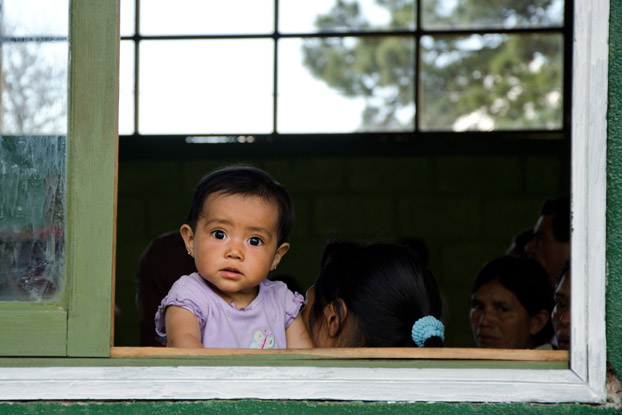
What more needs to be done?
There’s a lot more to be done. First, we have to continue to tackle violence closest to home. Violent discipline and abuse within the home leave children with nowhere to go to feel safe. We are actively seeking to increase our programs that target children’s resilience and parents’ ability to care for and protect their children.
Continued efforts to improve and create safe school environments — including protecting children on the way to and from school — is critical to ensuring children are free to learn without fear. In communities, we work to promote the implementation of child protection laws, provide protective and restorative services to children affected by violence, and pursue justice for children whenever possible.
Further, working to create greater economic opportunities for youth and preparing them for the workforce is critical. Much of the hopelessness for youth in the Northern Triangle is driven by a sense that sustained livelihood just isn’t possible. Programs to provide youth with skills for employment, linking them to apprenticeships, internships, and employment assistance, and working with businesses to encourage youth hiring is key.
What role do churches and faith communities play in this process?
Churches and faith communities are absolutely crucial. Numerous reports and World Vision’s own experience have demonstrated that the church and faith leaders often have the most critical role to play in preventing and responding to violence in communities.
In a 2013 child protection assessment of eight World Vision communities in El Salvador, children named faith leaders as the person they most trusted for their protection. The local church has traditionally played an important role in violence mediation in communities, and we believe a mobilized and equipped church that is actively addressing violence in their community is a key to changing the situation.
Through World Vision’s Channels of Hope initiatives in Honduras and El Salvador, we are sensitizing church leaders on the primary forms of violence experienced by boys and girls in their communities, preparing them to address and challenge these issues from the pulpit, and assisting them to mobilize their churches to take action to reduce violence and harmful practices toward children.
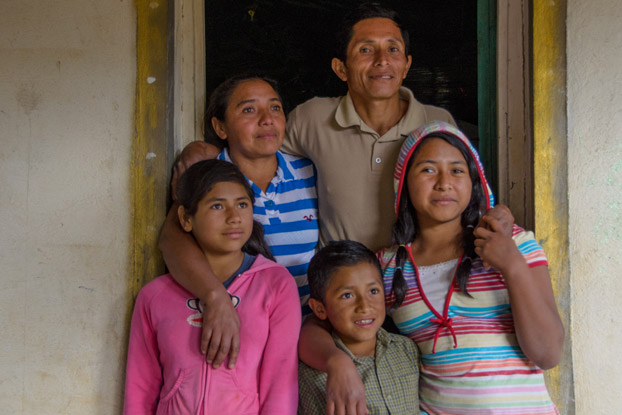
How does World Vision child sponsorship play a role in addressing these issues?
Without question, our work to prevent family and school violence and to build community-level responses to violence against children is integrated with our sponsorship model. Our Latin America regional office has prioritized child protection and preventing violence against children.
That said, many of the most violent communities in these countries are in urban areas — areas where we are traditionally less active. We are currently seeking to expand our programs in these urban areas, both directly and through respected local partners.
Where we have programs, we are addressing these issues there, but we also see the need to scale up our programs into new areas to reach the most vulnerable children where they are.
Join us in working to prevent violence, protect children, and foster hope at home. Sponsor a child in Honduras today!
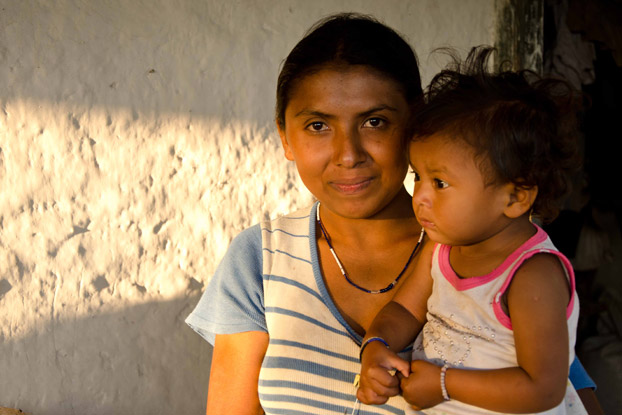
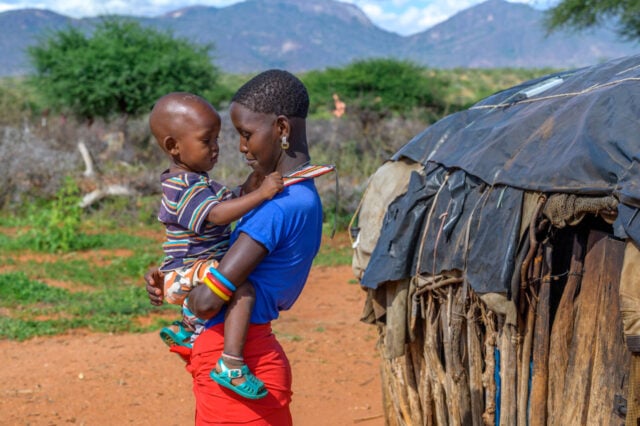
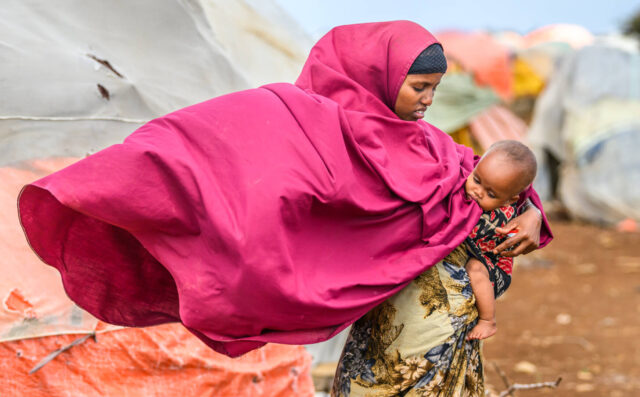
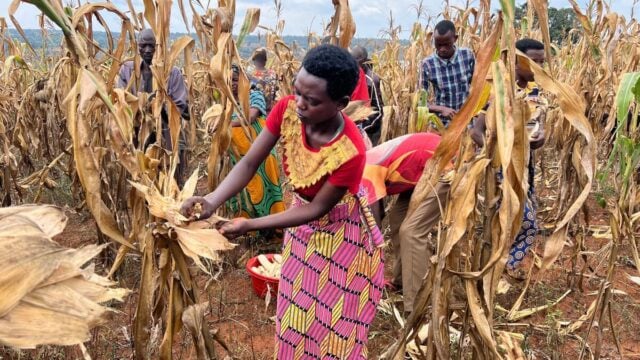

Comments